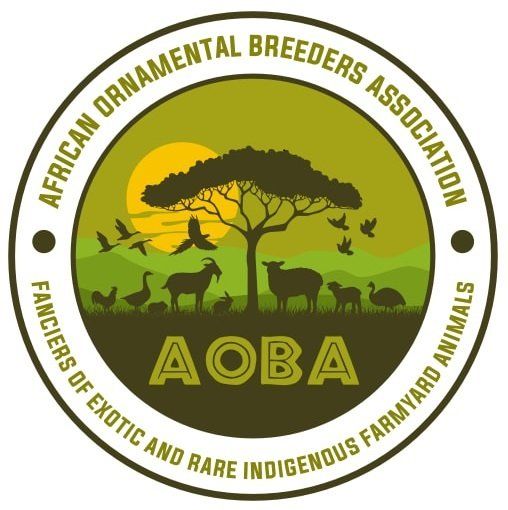Official judges.
Official judges.
When you send your animals to an exhibition, they will be judged by officially appointed judges. These ladies and gentlemen are expected to judge your animals in a correct and uniform way and write sufficient explanation on the inspection card, so that you as a breeder know the qualities and shortcomings of a certain animal.
Training path and powers
To ensure that your animals are inspected correctly, breeders who want to become judges must complete a many-year process. First, the enthusiast must have successfully exhibited animals for at least three years from the animal group in which they wish to take the exam. They must also have assisted at least five times with at least two different judges during an inspection, so that they know how things are going during the inspection. Furthermore, the theoretical knowledge of the candidates is also examined. In the first oral exam, general knowledge such as origin and domestication, anatomy and physiology, the most important diseases, general breeding and genetics, a number of regulations and the structure of our organization are further discussed. If one succeeds, one becomes a candidate-judge.
After this, one must once again write at least five times with at least two different judges before taking the next exam. In this written exam, more specific knowledge is expected about hair and feather structures, specific anatomical structures, breed characteristics, the main color varieties and their inheritance, exclusion errors ... so that one becomes a specialist in his or her animal group. You can also take the theoretical exam for two varieties of your choice, taking into account the knowledge of the standard, but also the history and current state of the variety. If you pass these exams, you still have to prove yourself on the practical exam, where you have to inspect a number of animals yourself. If one succeeds, one is appointed C-judge.
As a newly appointed C-judge one can, in the best case, judge two breeds. You can then take the exam again each year to expand his or her powers. For this one can take a theoretical and practical exam for a maximum of five breeds (or one group with the guinea pigs) per year. If one has passed a number of mandatory varieties of a certain variety group, then one is authorized to judge all varieties within this group. If one is allowed to judge three groups and has done at least ten inspections, then one is promoted to B-judge. When one has passed all required breed groups, one is promoted to A judge, after which one can judge all breeds from the same section.
Equipment
A judge always wears a white coat at the inspection. On the one hand, this jacket gives a certain form of recognisability (just like, for example, the referee's uniform). On the other hand, this coat prevents the clothing of the judges from being soiled after an inspection with droppings, ground cover and hair or feathers.
During the inspection, the inspector uses so-called inspection sticks. These extendable sticks help the judge to get the animals in the cage in the right position (the so-called 'setting'), without having to touch the animal with their hands. All findings about the animal to be inspected are then recorded on the inspection card, either by the inspector himself or by the author who assists.
A judge must also always be in possession of the most recent list of recognized varieties and colors, as well as the most recent versions of the standards, so that they can be consulted when in doubt.

